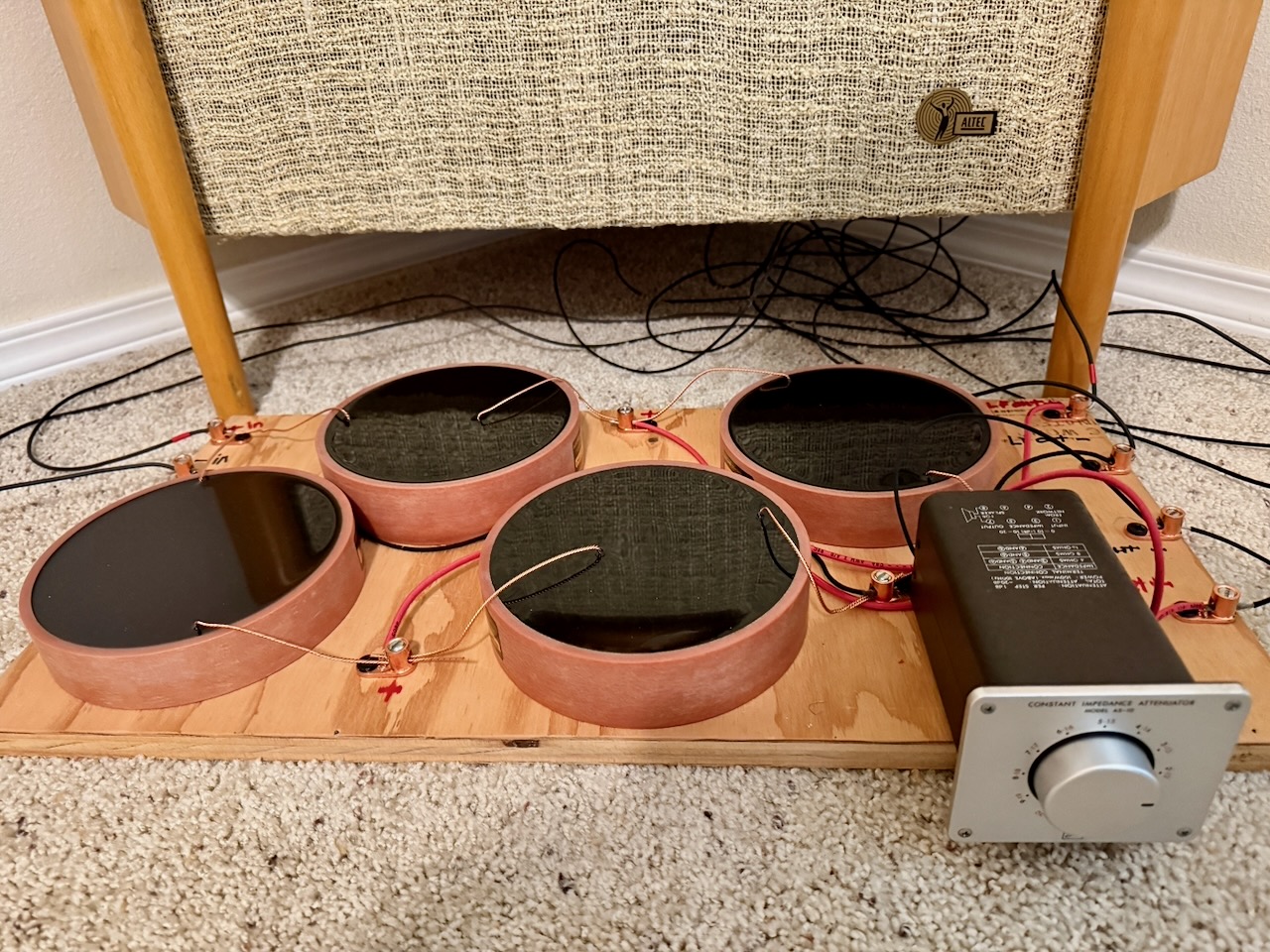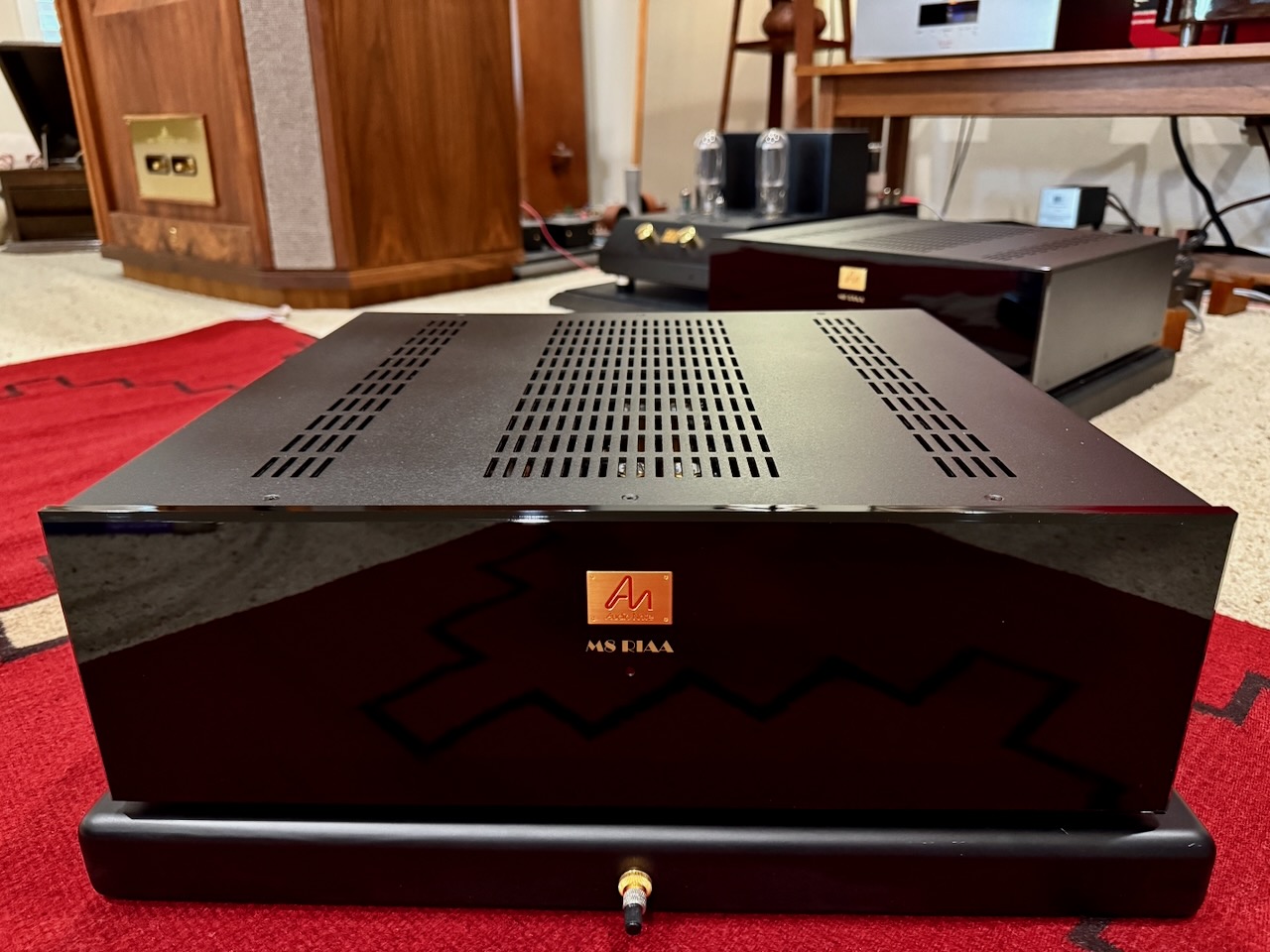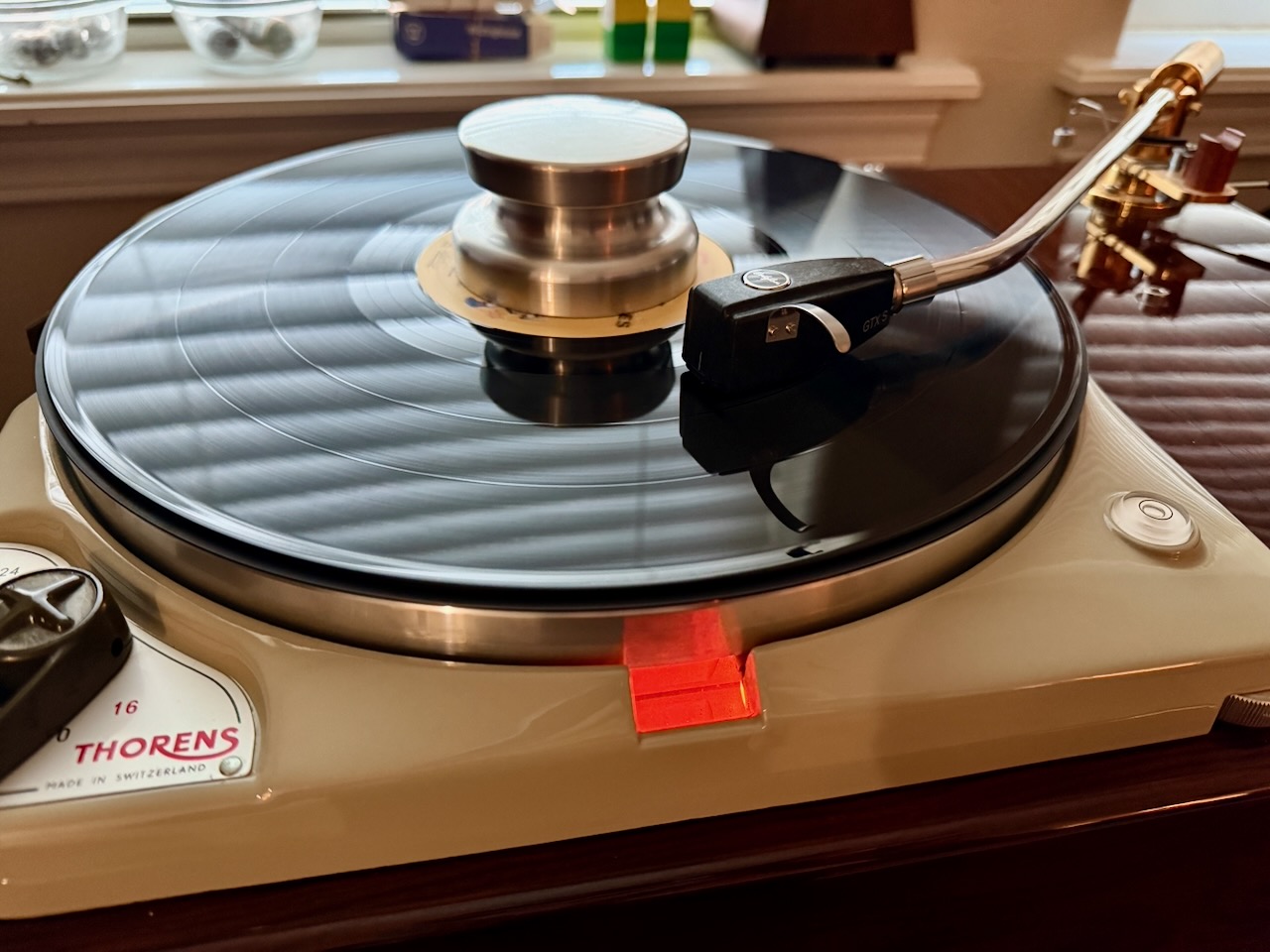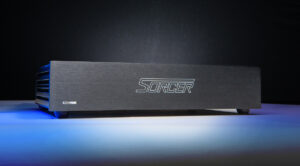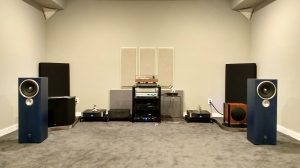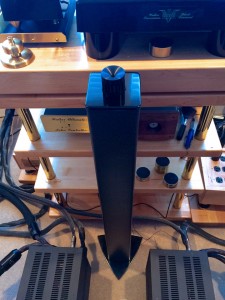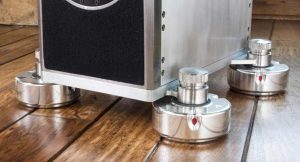Audio System For This Review
The audio system I used for this review is the same as for the recently reviewed Audio Note (UK) Tomei 211 SET integrated amplifier and M3 RIAA phono preamplifier (HERE).
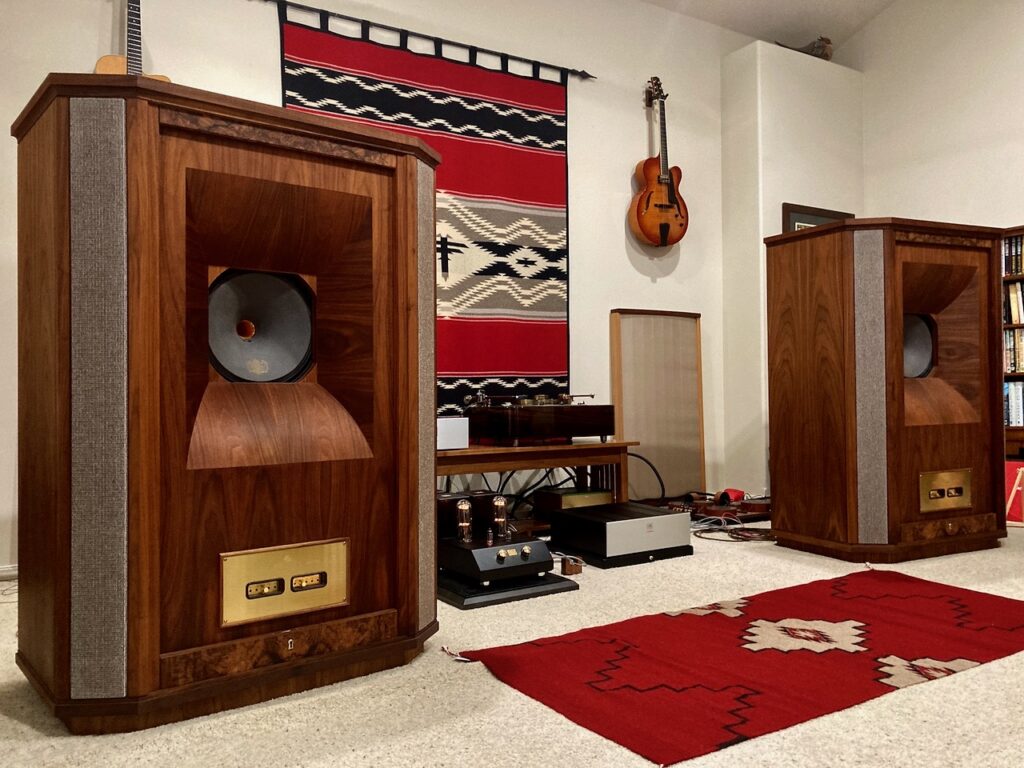
The digital source is the Audio Note (UK) CD 5.1x Red Book CD player, which connects to the Tomei 211 amp with a pair of Audio Note (UK) AN-V XLR to RCA "nitro-boost" silver interconnects.
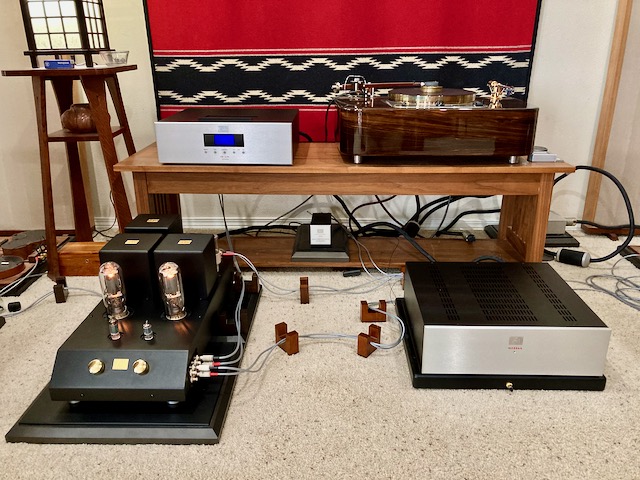
For the analog source, my Classic Turntable Company Garrard 301 turntable has an Audio Note (UK) IO I moving-coil phono cartridge mounted to a Schick graphite headshell, with Acoustic Revive PC-TripleC/EX silver headshell leads, mounted to a Schick tonearm.
For this article's listening comparisons, the Schick graphite headshell was swapped out for the Acoustic Revive RHS-1 headshell, and the Acoustic Revive PC-TripleC/EX silver headshell leads were swapped out for the headshell leads that came with the RHS-1 headshell.
I've used a Spec Analog Disc Sheet AP-UD1 as a reference record mat for ages, with excellent results. For this article the AP-UD1 was swapped out for the Acoustic Revive RTS-30 turntable mat for listening comparisons.
The Schick tonearm leads connect to an Audio Note (UK) silver AN-S4 SUT (which rests upon an Acoustic Revive TB-38 isolation platform), which then connects to the Audio Note (UK) M3 RIAA phono preamplifier—and Tomei 211 SET integrated amplifier—with Audio Note (UK) AN-V silver interconnects.
The Tomei 211 SET integrated amplifier connects to my Tannoy Westminster Royal SE loudspeakers with a single-wire pair of Audio Note (UK) AN-SPe silver loudspeaker cables.
My Tannoy Westminster Royal SE loudspeakers have been rewired internally with vintage Western Electric WE16GA tinned-copper wire, and utilize external Duelund Coherent Audio crossovers featuring CAST silver components in the high-frequency portion of the crossovers, and CAST copper components in the low-frequency portion of the crossovers.
Behind each loudspeaker on the front wall are Acoustic Revive RWL-3 acoustic panels, and I have one RWL-3 positioned at the rear wall behind the listening position.
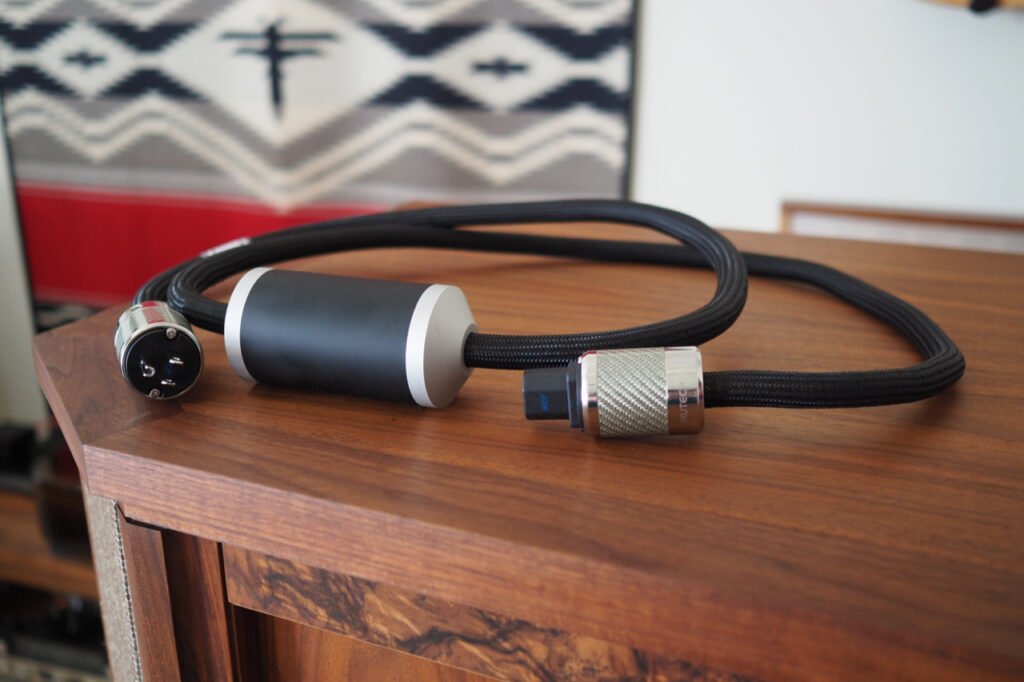
All the power cables are Acoustic Revive Absolute (sources) or Power Reference TripleC NCF (everything else).
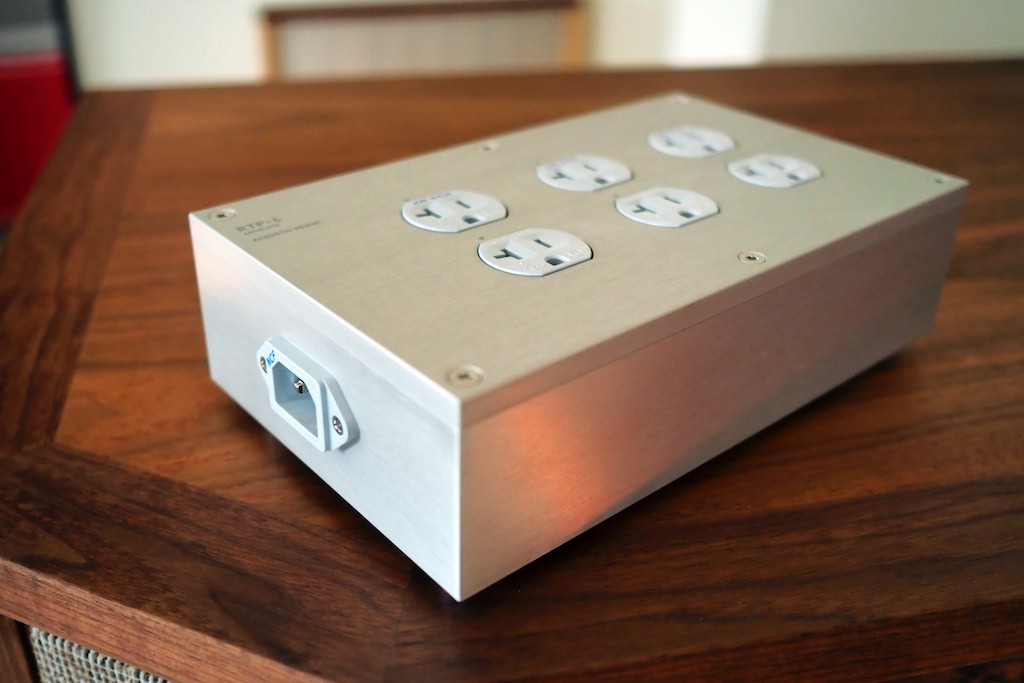
The power cables all connect to an Acoustic Revive RPT-6 Absolute NCF Power Distributor (which rests upon an Acoustic Revive TB-38 vibration isolation platform), and connects to an AC wall outlet with an Acoustic Revive Absolute power cord.
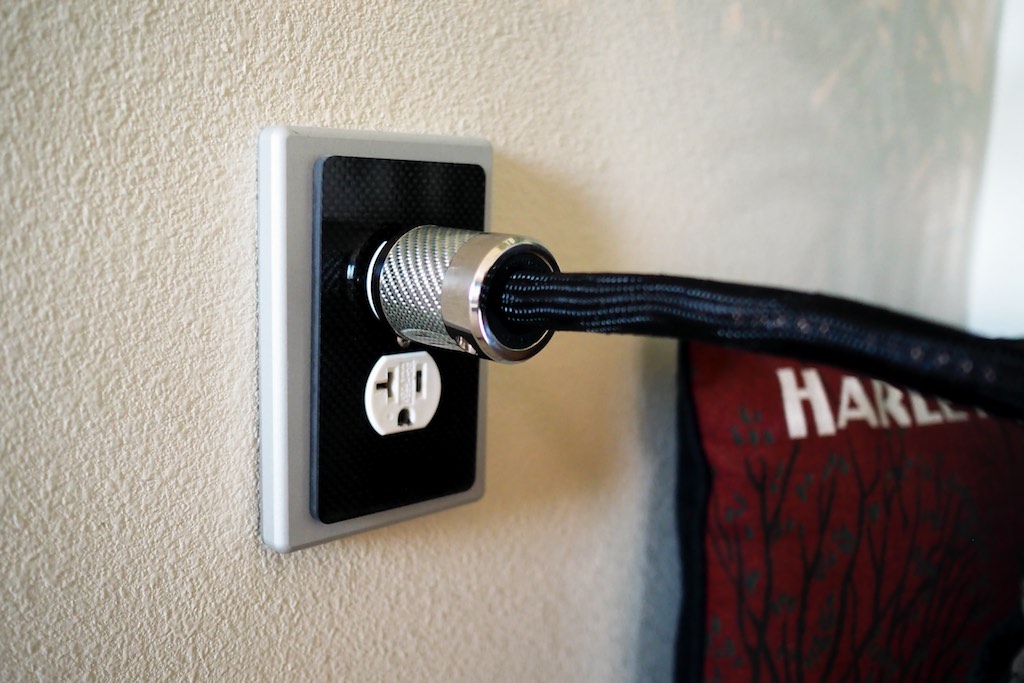
My AC wall outlets are composed of Acoustic Revive CB-1DB receptacle base plates, CFRP-1F carbon fiber outlet plates, and Acoustic Revive modified Oyaide R-1 receptacles.
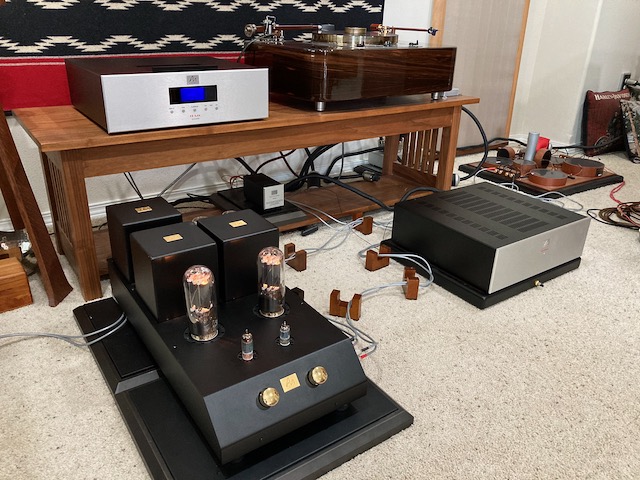
Due to its large size, the Tomei 211 amp rests upon a pair of Acoustic Revive RST-38 vibration isolation platforms (left above), and the AN-S4 SUT sits upon an Acoustic Revive TB-38 vibration isolation platform (middle above).
The M3 RIAA phono preamplifier rests upon an Acoustic Revive RAF-48 air isolation platform (right above).
Cables are suspended with Acoustic Revive RCI-3HK cable lifts.
Please click on the link below to go to the next page.




